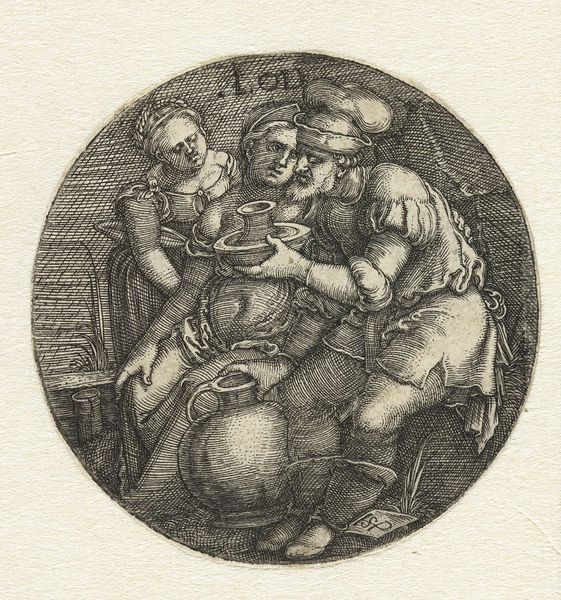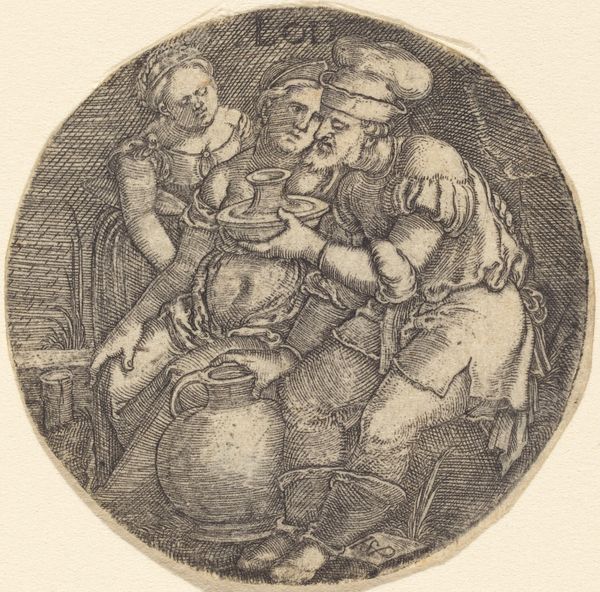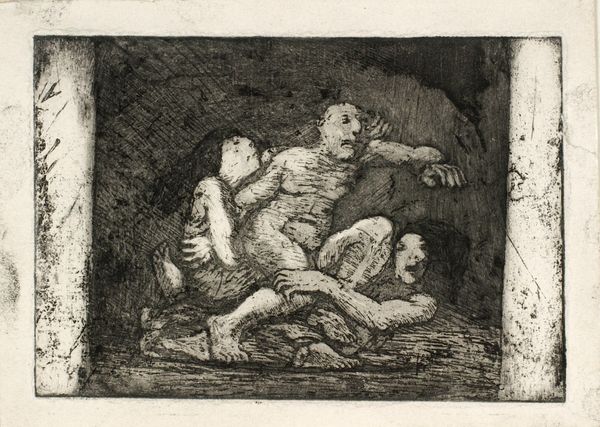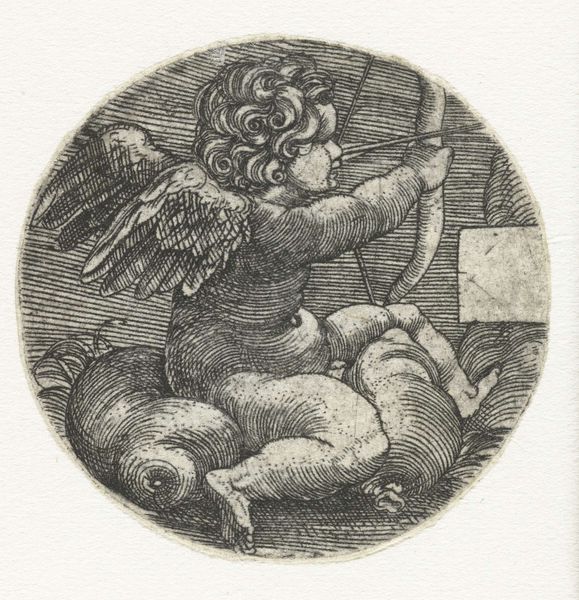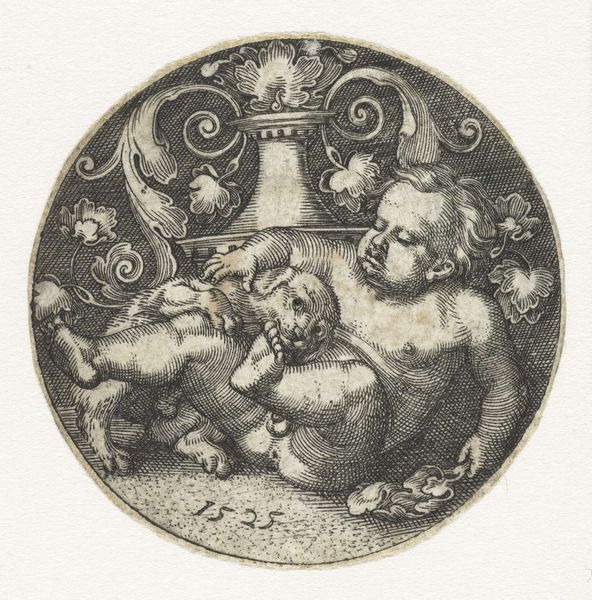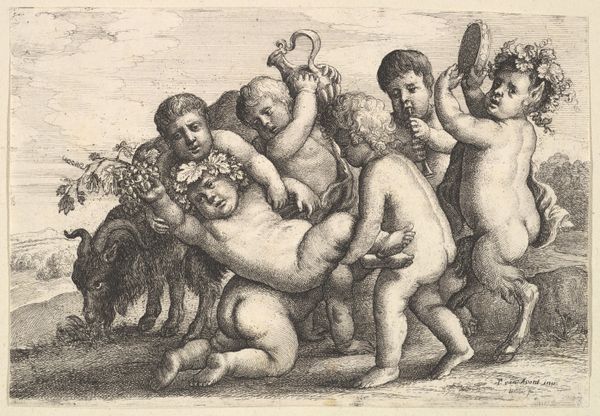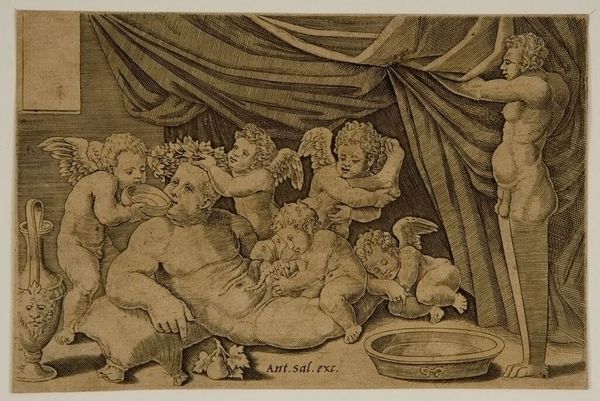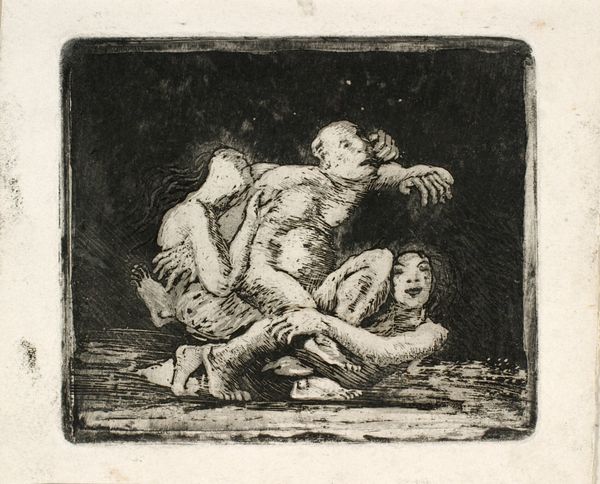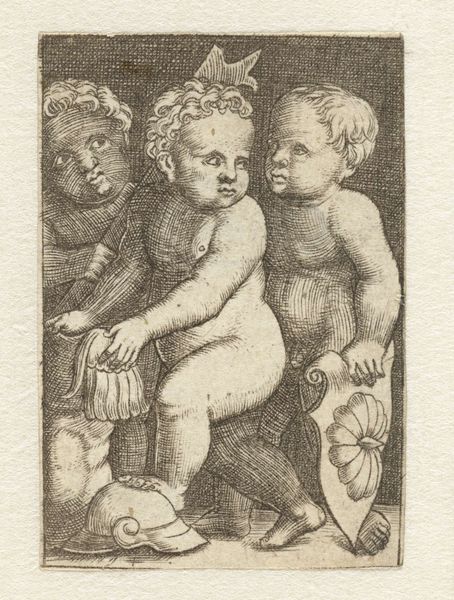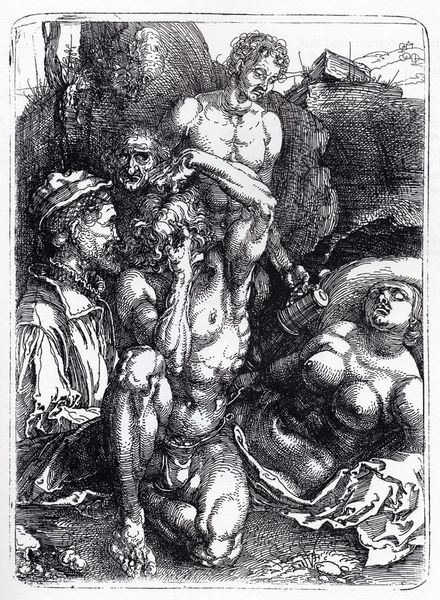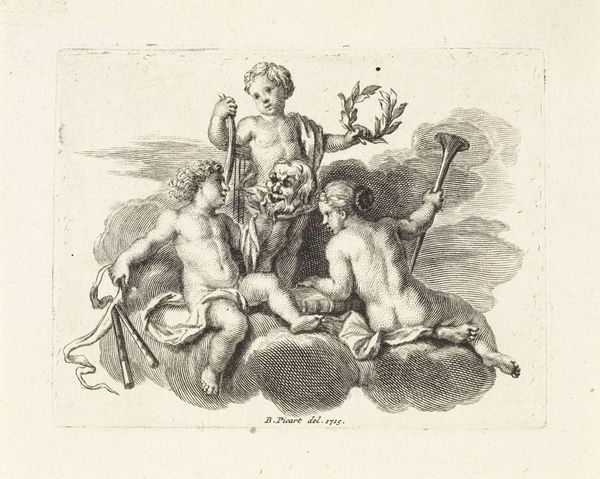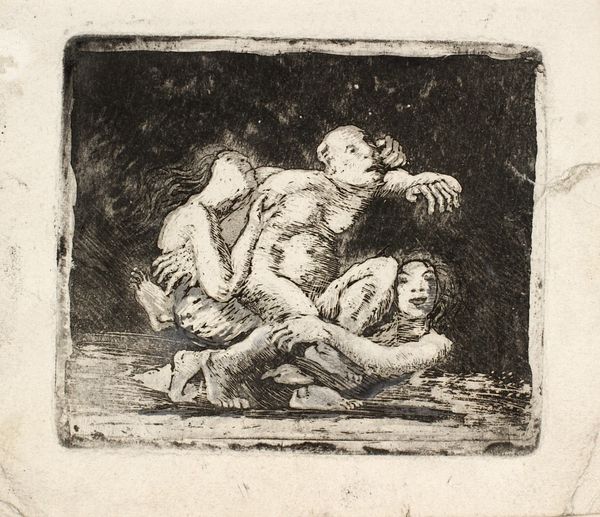
print, engraving
# print
#
figuration
#
genre-painting
#
northern-renaissance
#
nude
#
engraving
Copyright: Rijks Museum: Open Domain
Sebald Beham created "Seven Naked Boys" in the 16th century during the German Renaissance. This small, circular engraving presents a cluster of nude children, their expressions ranging from solemn to almost confrontational. Beham was one of the "Little Masters," a group of German printmakers known for their small-scale, intricate works. He lived during a time of significant religious and social upheaval marked by the Protestant Reformation, which influenced artistic themes and styles. Beham himself was briefly exiled for his radical beliefs. In "Seven Naked Boys," we see a tension between the classical ideal of the nude figure and a more individualized, less idealized representation of childhood. The children's poses and expressions suggest a loss of innocence. The work can be considered in the context of shifting attitudes toward childhood and the body during the Renaissance. These children are not simply cherubic figures but individuals, caught between innocence and awareness, reflecting a society in transition.
Comments
No comments
Be the first to comment and join the conversation on the ultimate creative platform.
